Dissolving clay in a drain can be a formidable challenge due to its sticky and dense nature. When clay accumulates in plumbing, it can cause persistent blockages and drainage issues, requiring a strategic approach to removal. This guide aims to provide effective methods and tips for how to dissolve clay in drain, ensuring your drainage system functions smoothly. By understanding the problem and applying the appropriate solutions, you can prevent further complications and maintain optimal water flow.
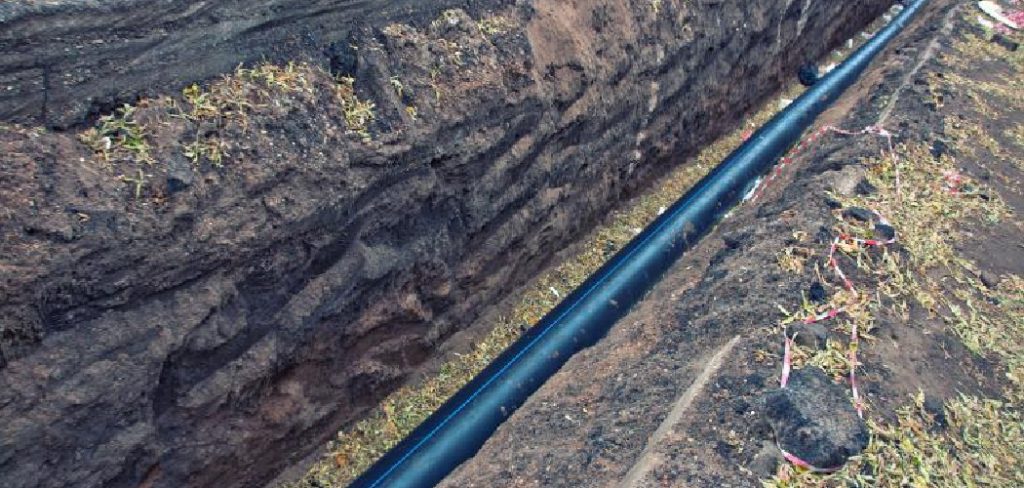
Why Does Clay End Up in Drains?
Clay can end up in drains for a variety of reasons, often depending on the environment and specific activities taking place around a property. Landscaping projects, for instance, may involve moving large amounts of soil and clay, some of which can inadvertently be washed into drains during rainfall or watering. In areas with clay-heavy soil, erosion and runoff during storms can also lead to clay deposits in drainage systems. Construction activities, especially those involving digging or excavation, are additional common culprits, as loosened clay particles can easily find their way into open drains. Understanding how clay enters your drainage system is crucial for preventing future issues and implementing effective maintenance strategies.
The Problem of Clay Buildup in Drains
Clay buildup in drains is an issue that can originate from various sources, leading to significant plumbing headaches. Often found in areas with heavy soil deposits, clay can enter the drainage system through outdoor fixtures, garden hoses, or during construction activities where soil and debris are easily washed down the drain.
Once inside, the clay’s adhesive properties make it prone to sticking to the sides of pipes, gradually accumulating and solidifying over time. This buildup not only causes partial or complete blockages but can also result in reduced water pressure, foul odors, and in severe cases, costly repairs. Understanding the sources and behaviors of clay deposits in plumbing systems is crucial for homeowners and professionals alike in order to effectively address and prevent such challenging blockages.
10 Methods How to Dissolve Clay in Drain
1. Use Hot Water to Break Down the Clay
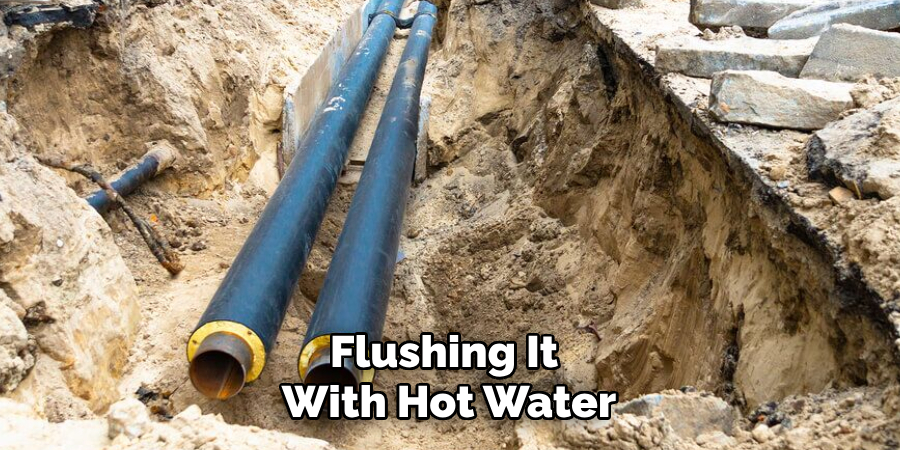
One of the simplest ways to start dissolving clay in your drain is by flushing it with hot water. Boiling water can help soften and loosen clay particles, making it easier for them to move through the pipes. Pour the hot water directly into the drain slowly and steadily, allowing the heat to break down the clay gradually. For best results, follow up with additional hot water until the blockage begins to clear.
2. Try a Combination of Hot Water and Dish Soap
Adding dish soap to hot water can help dissolve clay more effectively by reducing its stickiness and making it more slippery. Pour a generous amount of dish soap directly into the drain, then flush it with hot water. The soap helps break down the clay’s surface tension, allowing it to move through the pipes more easily. This method works well for minor clogs or in situations where the clay isn’t heavily compacted.
3. Apply Baking Soda and Vinegar to Dissolve the Clay
Baking soda and vinegar create a foaming reaction that can help dislodge clay particles from drain walls. Pour half a cup of baking soda down the drain, followed by a cup of vinegar. The fizzing action helps break down and loosen the clay. After about 10-15 minutes, flush the drain with hot water to rinse away the remaining particles. This method is safe, eco-friendly, and effective for mild to moderate clay buildup.
4. Use a Plunger to Dislodge Clay Buildup
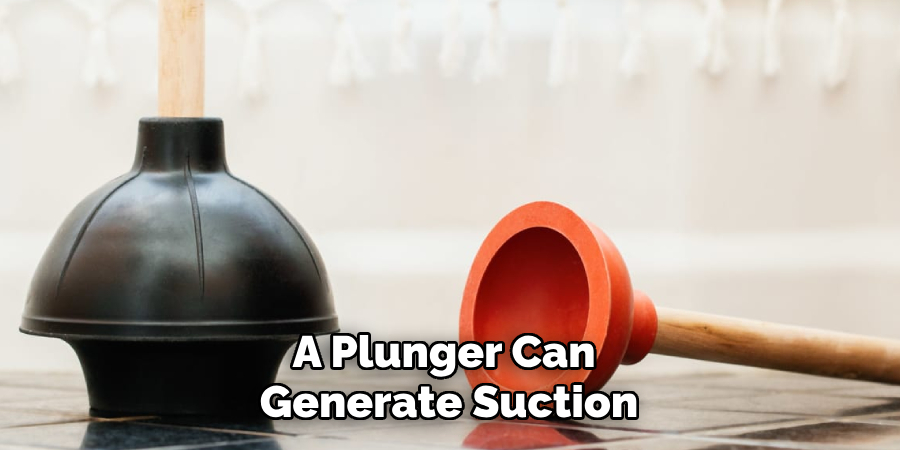
A plunger can generate suction that may help break up compacted clay clogs. Start by filling the sink with a few inches of water to create a seal, then plunge vigorously over the drain. The force of the plunger may help loosen and move the clay down the pipes. Repeat the plunging motion several times, then flush with hot water to clear any remaining particles. This is especially effective when combined with other dissolving agents, like dish soap or vinegar.
5. Employ a Drain Snake for Stubborn Clogs
For more stubborn clogs, a drain snake can help break up and remove clay clumps that are stuck further down the pipe. Insert the drain snake carefully into the drain, rotating it to catch and dislodge the clay. As you pull the snake back, it should bring some of the clay with it, allowing you to clear the clog bit by bit. Once the clog is sufficiently loosened, flush the drain with hot water to wash away residual particles.
6. Use Enzyme-Based Drain Cleaners for a Gentle Solution
Enzyme-based cleaners are biodegradable solutions that can break down organic matter, including some types of clay. These cleaners work by introducing enzymes that naturally dissolve particles in the pipes. Pour the enzyme cleaner into the drain and let it sit according to the manufacturer’s instructions, usually overnight. This method is gentle on pipes and effective for minor clay buildup without causing any chemical damage.
7. Try a Wet/Dry Vacuum to Pull Out the Clay
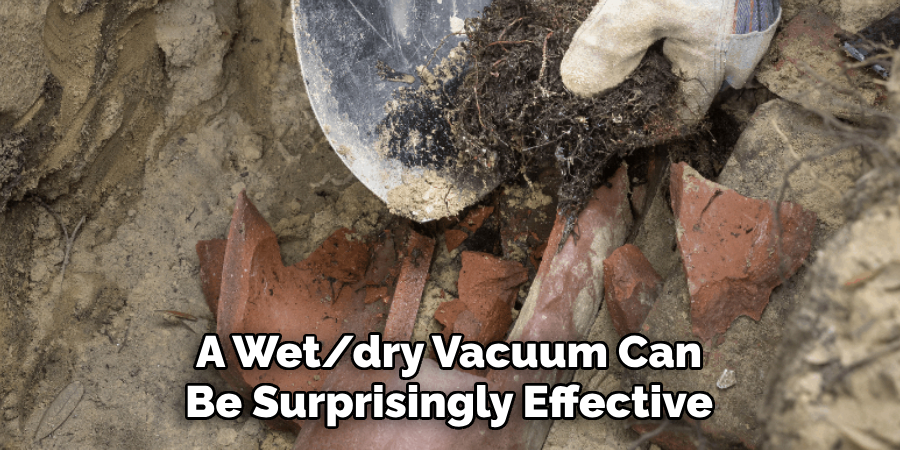
A wet/dry vacuum can be surprisingly effective at removing clay from a drain. Set the vacuum to “wet” mode, and create a tight seal around the drain opening with the vacuum hose. Turn the vacuum on, and it should be able to suck out the clay and other particles stuck in the drain. This method works particularly well if the clay hasn’t hardened too much and if you have a vacuum that can handle the task.
8. Pour Down a Mixture of Salt and Baking Soda
Salt, combined with baking soda, creates a mildly abrasive mixture that can help scrub and dissolve clay particles. Pour half a cup of salt and half a cup of baking soda into the drain, followed by hot water. Let the mixture sit for about 10 minutes to break down the clay, then flush with additional hot water. The abrasive action helps to dislodge clay buildup, and this method is safe for most plumbing systems.
9. Use Chemical Drain Cleaners as a Last Resort
For very stubborn clogs, chemical drain cleaners may help dissolve clay, though they should be used sparingly. These cleaners contain strong chemicals that can break down various types of blockages. Be sure to follow the manufacturer’s instructions carefully, as improper use can damage pipes. Use chemical cleaners only as a last resort, as they can be harsh on your plumbing system and the environment.
10. Prevent Future Clogs with Regular Flushing
After successfully dissolving the clay and clearing the drain, take preventive measures to avoid future clogs. Periodically flush the drain with hot water and a little dish soap, which helps wash away any small amounts of clay before they build up. Alternatively, using baking soda and vinegar regularly can help keep the drain clean. Implementing these preventive practices will reduce the risk of clay accumulation and help maintain a clear, functioning drain.
Troubleshooting Common Issues
When dealing with clay deposits in plumbing systems, encountering challenges is not uncommon. Here are some troubleshooting tips to help overcome common issues:
1. Persistent Clogs After Using Multiple Methods
If stubborn clogs persist even after employing several techniques, there may be a more significant issue with the plumbing, such as damage or severe buildup further down the pipes. In this case, it’s advisable to seek professional plumbing services to safely and effectively address the underlying problem.
2. Limited Access to Drain Pipes
In situations where pipes are difficult to access, such as those buried underground or behind walls, consider using techniques that do not require physical interference with plumbing. Enzyme-based cleaners or professional hydro-jetting services can be effective solutions for such scenarios.
3. Environmentally Friendly Solutions
For those who prefer not to use chemical cleaners due to environmental concerns, relying on natural methods like baking soda, vinegar, or enzyme-based solutions can be equally effective without causing harm to the plumbing system or the environment.
4. Inadequate Equipment for Clearing Clogs
If lacking the appropriate equipment, such as a drain snake or wet/dry vacuum, consider renting tools from a local hardware store. Hiring a trusted local plumber with the necessary tools can also save time and ensure the job is done right.
5. Repeated Build-Up of Clay Deposits
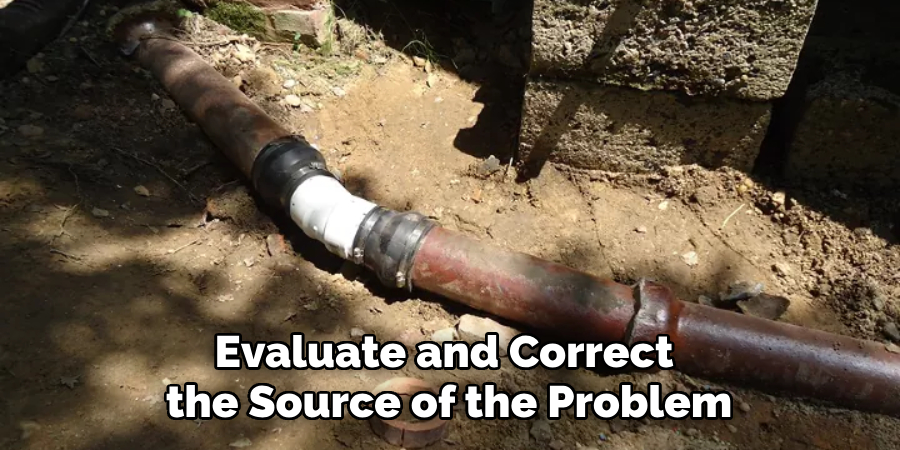
If clay clogs are a recurrent issue, evaluate and correct the source of the problem, such as leaky pipes that allow sediment entrance or inadequate pipe slopes that lead to sediment accumulation. Regular maintenance and inspections may help prevent frequent build-up.
Conclusion
Addressing clay deposits in plumbing systems can seem daunting, but by using a combination of effective methods and preventive measures, you can maintain clear and efficient drains. Starting with gentle solutions like enzyme-based cleaners or a wet/dry vacuum, and progressing to more intense methods only when necessary, ensures the safety of your pipes while tackling clogs. Consistent preventive maintenance, such as regular flushing and routine inspections, plays a crucial role in preventing future issues. Thanks for reading our blog post on how to dissolve clay in drain! We hope you found it helpful and informative.
You may also check it out: Clean Ceramic Tile After Installation
Clean Ceramic Briquettes
Specialization:
- Master of wheel-throwing, hand-building, and advanced glazing techniques
- Focus on creating both functional pottery and decorative art pieces
Recognition:
- Celebrated by collectors and art enthusiasts for creating one-of-a-kind pieces that blend artistry with functionality
- Participates in local and national exhibitions, earning accolades for his innovative designs and craftsmanship
Passion:
- Deeply committed to exploring and pushing the boundaries of ceramic artistry
- Continuously experiments with new materials, firing techniques, and artistic concepts to evolve his craft
Personal Philosophy:
- Believes in the transformative power of art, aiming to evoke emotions and connections through his ceramic creations
- Advocates for sustainability in ceramics, using eco-friendly materials and practices whenever possible


